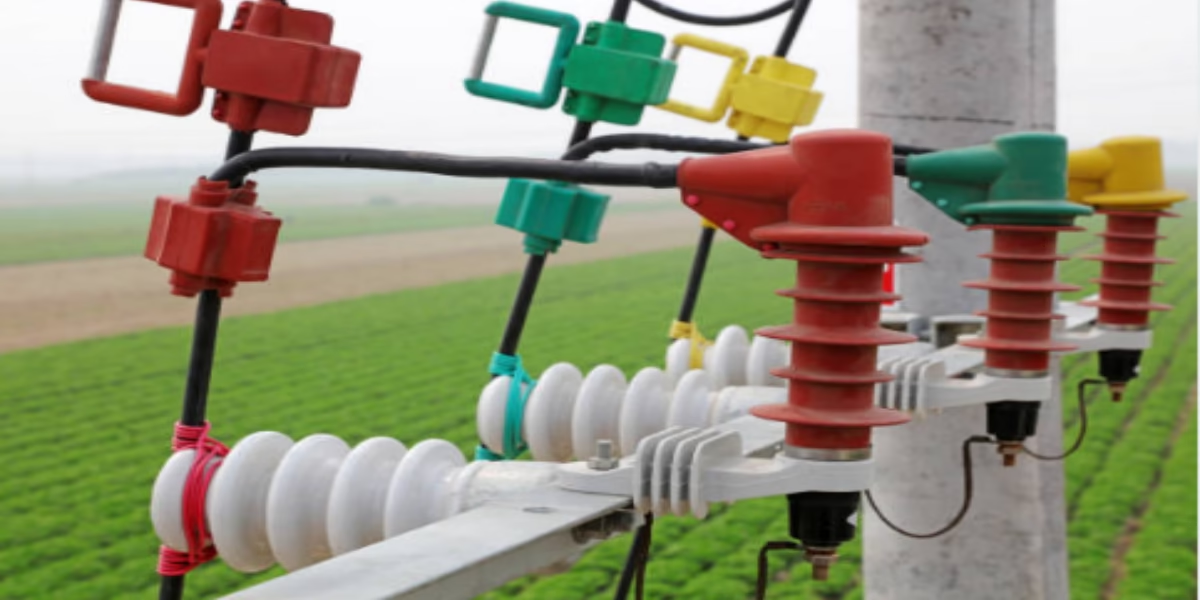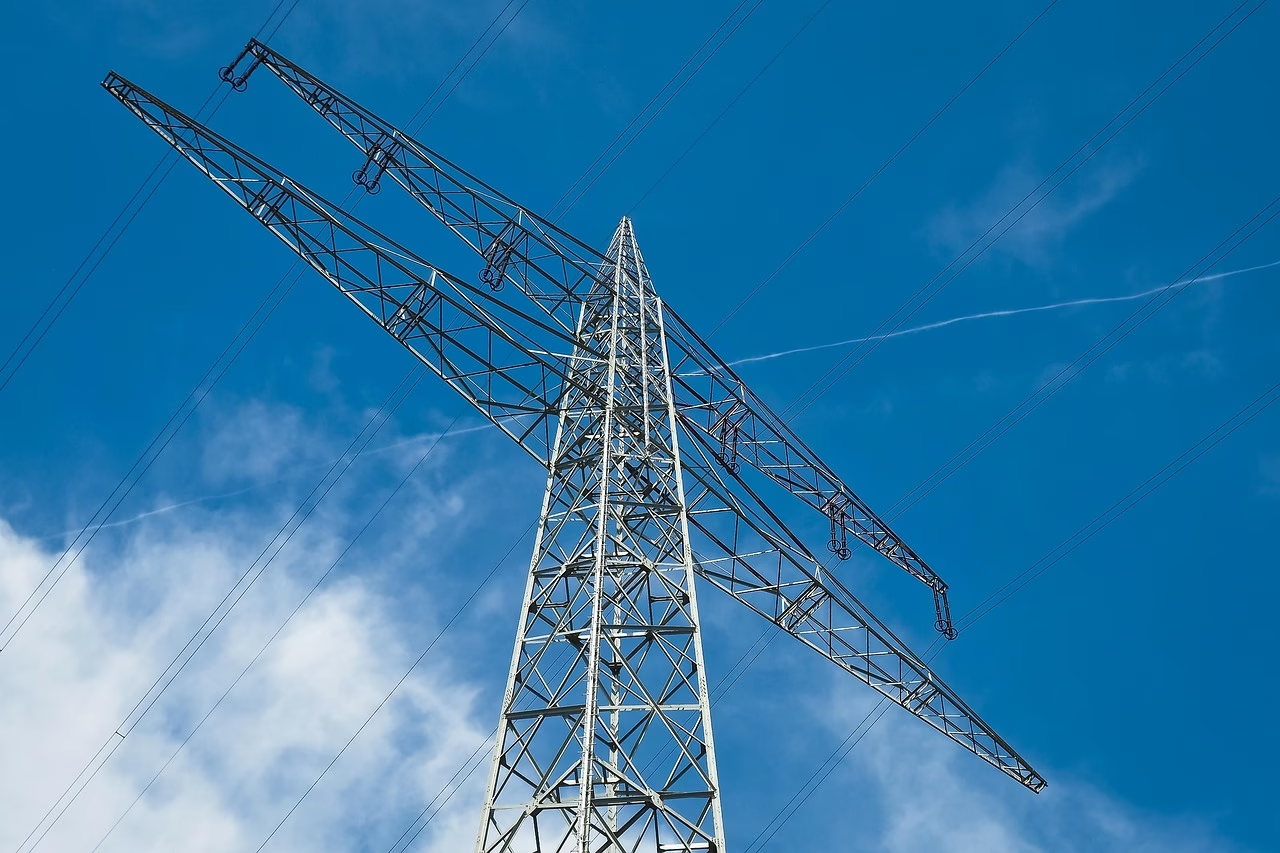In the ever-evolving landscape of electrical infrastructure, the quest for materials that blend safety, efficiency, and adaptability has reached new heights with the advent of polymer insulators. While traditional ceramic and glass insulators have long held their ground, polymer-based solutions emerge as formidable contenders, redefining standards and expectations.This article embarks on a journey through the world of polymer insulators, uncovering their remarkable versatility in applications ranging from high-voltage power transmission to urban electrification.As we delve into their innovative designs, unique properties, and inherent safety advantages, we aim to illuminate how these advanced materials are not only meeting the demands of modern engineering but also paving the way for a more sustainable and resilient future in electrical safety. Join us as we explore the transformative role of polymer insulators and what they mean for the power systems of tomorrow.
Table of Contents
- Understanding Polymer Insulators and Their Unique Properties
- Assessing the Safety Features of Polymer insulators in Electrical Applications
- Innovative Applications of Polymer Insulators in Modern Infrastructure
- Best Practices for Selecting and Maintaining Polymer Insulators
- Q&A
- Closing Remarks
Understanding Polymer Insulators and Their Unique Properties
Polymer insulators have gained attention in the electrical engineering field due to their distinct benefits over traditional ceramic and glass insulators. Composed of advanced materials such as silicone rubber, these insulators are lightweight yet robust, making them easier to handle and install. Their unique properties contribute to their superior performance in various environmental conditions, offering notable advantages in applications ranging from power transmission to renewable energy systems. Some key features of polymer insulators include:
- Hydrophobicity: The surface of polymer insulators repels water, reducing the accumulation of contaminants and improving operational reliability.
- Versatility: Unlike brittle ceramic or glass, polymers can withstand mechanical stress and provide a more resilient solution to dynamic environments.
- Resistance to UV and Environmental Factors: Polymer insulators maintain their integrity when exposed to ultraviolet light and can endure a variety of weather conditions.
Comparatively, the manufacturing process for polymer insulators allows for customization in shapes and sizes, accommodating diverse installation needs. Their electrical properties ensure low transmission losses, promoting efficient power distribution.A few additional benefits include:
- Cost-Effectiveness: Duty cycles and maintenance costs are generally lower, making them an economical choice over their lifespan.
- Enhanced Safety: Polymer insulators are less prone to shattering, reducing hazards associated with high voltage lines.
- Lightweight Construction: this advantage translates to easier transportation and installation, reducing overall labor costs.
Assessing the Safety Features of Polymer Insulators in Electrical Applications
when it comes to electrical applications, the importance of safety cannot be overstated. Polymer insulators have gained traction due to their ability to withstand environmental stresses while providing reliable insulation. Unlike traditional materials,these insulators are designed to resist moisture,mechanical impact,and UV degradation,making them notably well-suited for outdoor environments. Their robustness also reduces the risks associated with insulator failure,contributing to a safer operational framework in power transmission and distribution.
Another significant benefit of polymer insulators is their inherent anti-fouling properties. The smooth surface and hydrophobic characteristics minimize the accumulation of pollutants and moisture, which can or else lead to conductive paths and potential short circuits. Some advantages include:
- Lightweight Design: Facilitates easier handling and installation.
- High Mechanical Strength: Provides durability to withstand harsh conditions.
- Resistance to Tracking: Improves reliability in contaminated environments.
this combination of features not only enhances safety but also contributes to reduced maintenance costs and increased service life,making polymer insulators an excellent choice for modern electrical systems.
Innovative Applications of Polymer Insulators in Modern Infrastructure
The advent of polymer insulators has revolutionized the way we approach electrical infrastructure. With their lightweight and highly durable characteristics, these insulators are making their mark across various applications, including urban power distribution and renewable energy systems. they offer remarkable resistance to environmental stressors,such as UV radiation,pollution,and extreme temperatures,making them ideal for both urban and rural installations. For instance, in cities bustling with high-rise buildings, polymer insulators can be seamlessly integrated into overhead lines without the risk of contamination or failure due to harsh weather conditions.
In addition to their structural advantages, polymer insulators exhibit superior electrical properties that enhance safety and reliability. Their non-porous surface minimizes the likelihood of flashovers, thereby reducing maintenance costs and increasing system uptime. The use of polymer insulators in renewable energy sectors, such as solar farms and wind turbines, further contributes to a sustainable infrastructure. These insulators not only support the efficient operation of renewable technologies but also promote a cleaner environment. Below is a brief comparison of traditional insulators versus polymer insulators:
| Characteristic | Traditional Insulators | Polymer Insulators |
|---|---|---|
| Weight | Heavy | Lightweight |
| Durability | Limited | Highly Durable |
| Maintenance | Frequent | Low |
| Environmental Resistance | Poor | Excellent |
Best Practices for Selecting and Maintaining Polymer Insulators
When selecting polymer insulators, it is indeed essential to consider several factors to ensure optimal performance and longevity. Material quality is paramount; high-quality polymer compounds offer better resistance to environmental stressors. Electrical performance should align with the specific requirements of your application,including voltage ratings and dielectric strength. Moreover,mechanical properties such as tensile strength and impact resistance play critical roles in durability throughout various weather conditions. Always consult with manufacturers to understand the specifics of material properties and certifications.
Once polymer insulators are installed, vigilant maintenance practices are essential for prolonging their lifespan. Regular visual inspections should be conducted to identify signs of contamination or surface degradation. Implementing a cleaning schedule using appropriate methods and safe solvents can help maintain the insulator's integrity. Additionally, keeping track of environmental factors such as pollution exposure and UV radiation levels can inform necessary adjustments to maintenance practices.These proactive measures support safety and reliability in electrical systems.
Q&A
Exploring the Versatility and Safety of Polymer Insulators: Q&A
Q1: What are polymer insulators, and how do they differ from traditional insulators?
A1: Polymer insulators are electrical insulators made from synthetic materials, such as silicone or polymer composites. Unlike traditional ceramic or glass insulators, which can be heavy and fragile, polymer insulators are lightweight, flexible, and less prone to breakage. This versatility allows them to be used in a variety of applications, particularly in environments where the risk of mechanical stress and shock is higher.
Q2: What specific advantages do polymer insulators offer over their traditional counterparts?
A2: Polymer insulators boast several advantages, including reduced weight, which simplifies installation and maintenance. They also exhibit high resistance to pollution and humidity, reducing the likelihood of electrical failures. Additionally,their flexibility helps them absorb shocks and vibrations,making them ideal for dynamic environments. Their gradual aging properties also enhance longevity, making them a cost-effective choice in the long run.
Q3: Are there any safety concerns associated with the use of polymer insulators?
A3: While polymer insulators are generally considered safe, there are some concerns regarding their long-term performance, particularly under extreme weather conditions. Factors such as UV exposure, temperature variations, and pollution levels can impact their effectiveness over time. However, ongoing advancements in materials science have led to improved formulations that enhance their durability and resistance to environmental stressors, mitigating many of these concerns.Q4: In what applications are polymer insulators most commonly used?
A4: Polymer insulators are widely used in various applications, including power transmission and distribution systems, railways, telecommunications, and renewable energy sectors, such as wind and solar farms. Their lightweight and robust nature make them suitable for overhead lines, substations, and even within compact installations where space constraints exist.
Q5: How do the maintenance needs of polymer insulators compare to traditional insulators?
A5: Polymer insulators generally require less maintenance than traditional ceramic or glass insulators. Their smooth surfaces are less prone to dirt accumulation and offer superior self-cleaning properties during rainfall. Though,periodic inspections are still necessary to ensure their integrity,especially in heavily polluted or harsh environments. When maintenance is required, polymer insulators are often easier to handle due to their lightweight nature.
Q6: What does the future hold for polymer insulators in the electrical industry?
A6: The future of polymer insulators looks promising, as demand increases for lightweight, efficient, and resilient materials in the electrical industry. innovations in polymer technology are likely to drive improvements in performance, sustainability, and environmental compatibility.As the push for renewable energy sources continues,polymer insulators may play a crucial role in the development of smarter,more resilient electrical infrastructure.
Q7: Can you summarize the key takeaways regarding the versatility and safety of polymer insulators?
A7: Polymer insulators represent a significant advancement in electrical insulation technology, offering versatility in design and application, alongside enhanced safety features. Their lightweight and flexible characteristics facilitate easier installation while mitigating risks related to mechanical stress. With ongoing developments aimed at improving durability and performance, polymer insulators are well-poised to meet the evolving demands of modern electrical systems.
Closing Remarks
the exploration of polymer insulators reveals a captivating blend of versatility and safety that is reshaping the electrical landscape. As we stand at the intersection of innovation and reliability, these modern materials offer a promising alternative to traditional insulator technology. From their ability to withstand the elements to their lightweight design and resistance to degradation, polymer insulators are not only enhancing the efficiency of power systems but are also ensuring that safety remains paramount.
As the industry continues to evolve,adapting to the growing demands for sustainability and resilience,polymer insulators appear poised to play a pivotal role in shaping the future of electrical infrastructure. The journey doesn't stop here; ongoing research and advancements in material science will likely lead to further improvements and applications that enhance our understanding of what is possible.
With each passing day, polymer insulators are paving the way for a more durable and sustainable electrical grid, reinforcing our collective commitment to safety, efficiency, and environmental stewardship. In this dynamic field, one thing is clear: the future looks bright, and it is indeed molded by the versatile nature of polymers.





